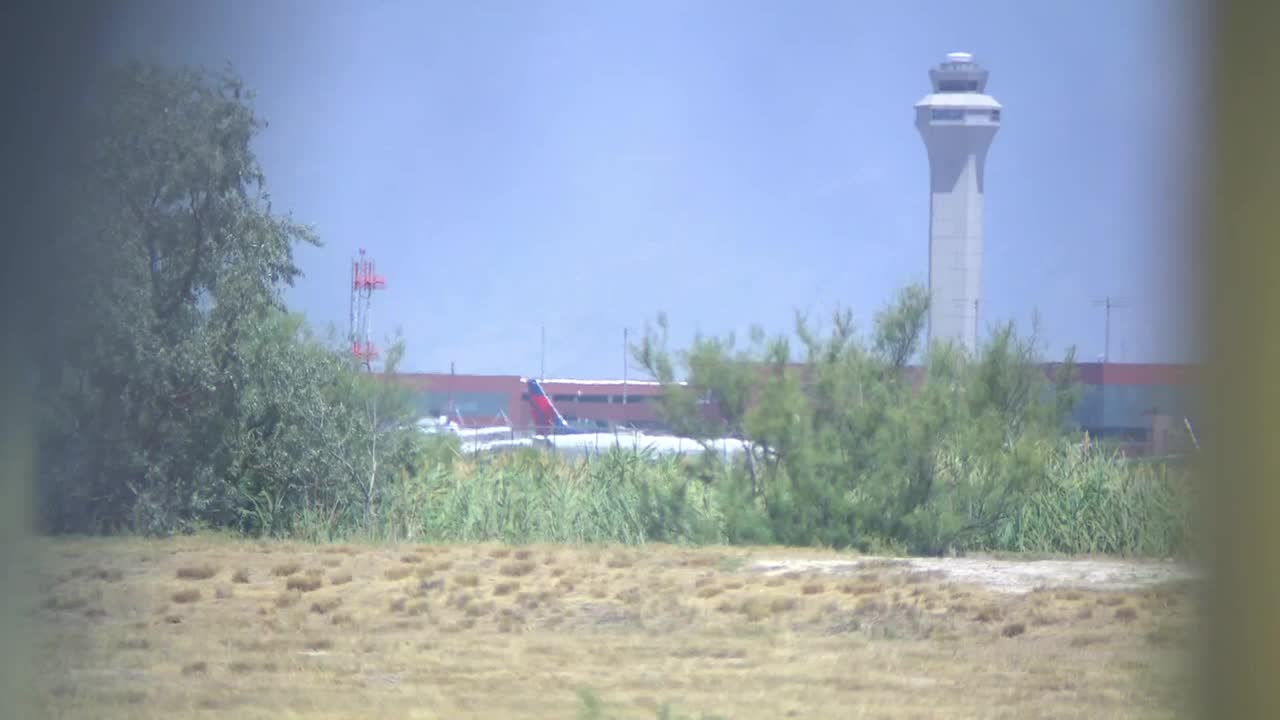SALT LAKE CITY — Two years ago, a Cessna 208 cargo plane crashed on a runway at Salt Lake City International Airport when the pilot encountered a microburst while landing.
Radio communication from the plane shared how the tower cleared the plane to land following a Delta commercial jet. But as the 757 taxied off the runway, the Delta crew informed the tower that they had encountered some shifting winds as they landed, which prompted officials to issue an alert.
"Wind shear alert, runway 34R approach and departure, 15 knots lost over the runway," the tower warned.
Moments later, as the Cessna pilot was about to touch down, he encountered a gust of wind and crashed moments later, surviving with just a minor injury.
The National Transportation Safety Board determined that the cause of the crash was the pilot's inability to maintain control when he encountered a microburst and tried to abort the landing. They also said a contributing factor was an inadequate number of wind sensors and wind shear detection equipment.
Microbursts and their associated wind shear are a concern for pilots, particularly on takeoff and landing. Airplanes generate lift because of the speed of the air moving over their wings. That's why they take off and land facing into the wind. If the wind suddenly changes speed or direction, like when the outflow from a microburst moves into the area, the headwind can suddenly change, blowing perpendicular to the airplane's path, or a tailwind, potentially causing a dangerous reduction in the plane's airspeed.
A recording from July 2 of this year showed how wind shear created challenges for several pilots trying to get into Salt Lake City. Several planes were eventually able to safely land.
"Everybody awaiting departure right now, we've had several missed approaches and we have a reported wind shift at 800 AGL of 5-0 knots, so no one's going anywhere right now," the tower radioed to pilots.
The NTSB's investigation into the 2022 crash found that Salt Lake's air traffic control management requested that the FAA update the surface weather system and asked for five additional wind sensors, but it was denied for budgetary reasons. The report detailed two other incidents where airliners encountered significant changes in wind speed and direction.
In summing up the incidents, the report said: "As the circumstances of these events show, the SLC tower’s current lack of capability to maintain real-time awareness of microburst activity near and around the airport has led to recurring instances of pilots unexpectedly encountering sudden changes in wind direction and speed. Such encounters have the potential to result in more critical outcomes than the SLC events described."
The NTSB urged the FAA to expand the low-level wind shear alerting system at Salt Lake City International Airport, adding more wind sensors to detect and warn pilots of microbursts."
"We take NTSB recommendations seriously and will carefully review them," the FAA said in response to the NTSB report.



